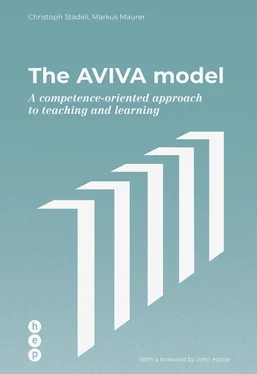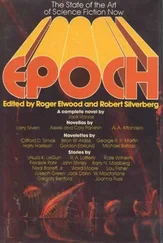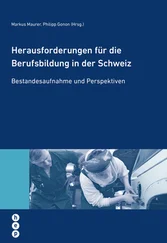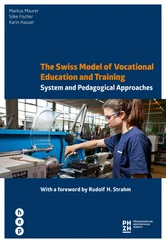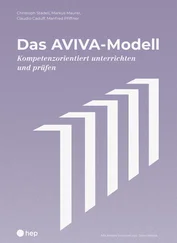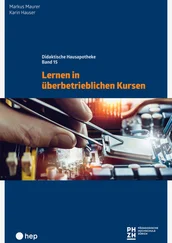If learners are interested in the content and are able to connect what is being taught with their own experience, then they are likely to go beyond surface level learning and “get right to the heart of the matter” using deep strategies.
With metacognitive strategies, learners control the learning process themselves. For example, they formulate goals, independently create a structure, recognise possible obstacles in carrying out the work and assess what is necessary in order to work as economically as possible.
Key to successful learning is the outer layer – motivation. By this we mean the readiness of learners to find their own way without giving up in difficult situations. The learners’ level of motivation depends, among other things, on whether they can set realistic goals for themselves, positively influence their own mood, arouse and maintain their own interest in topics and create a sense of achievement for themselves (Metzger, 2017). Motivation is the will to intensively and persistently engage with an object in a concrete learning situation (cf. Wild, Hofer, & Pekrun, 2006). In the lesson, the need for self-efficacy, autonomy and social unity (sense of belonging, well-being, security and support) is particularly effective. That such needs are satisfied in the lesson is the basic requirement for a productive and meaningful learning experience (Messner, Niggli, & Reusser, 2009).
1.2.2 The external and the internal sides of teaching and learning
Each lesson has an external and an internal side. The external side is the visible side, where the organisational and social forms of the teaching process are designed according to a specific method. The external side shows how the lesson is structured and how it achieves a rhythm (cf. Figure 3, circle 1). The internal side refers to the activities of the learners in terms of asking questions, combining contents, goals and procedures and building and applying resources to reach the specified goal; in brief: active learning processes (cf. Figure 3, circle 2). With each method, the learners develop strategies (complex procedures devised to solve a task or process a problem (cf. Wild et al., 2006, p. 245) to help master comparable situations in the future.
The choice of method plays a decisive role in the AVIVA model. Figure 3shows this with respect to the methods in circle 1. The choice of method is very closely tied to the given content, since you cannot teach about nothing (Terhart, 2009). In other words: form is inherently connected to function.
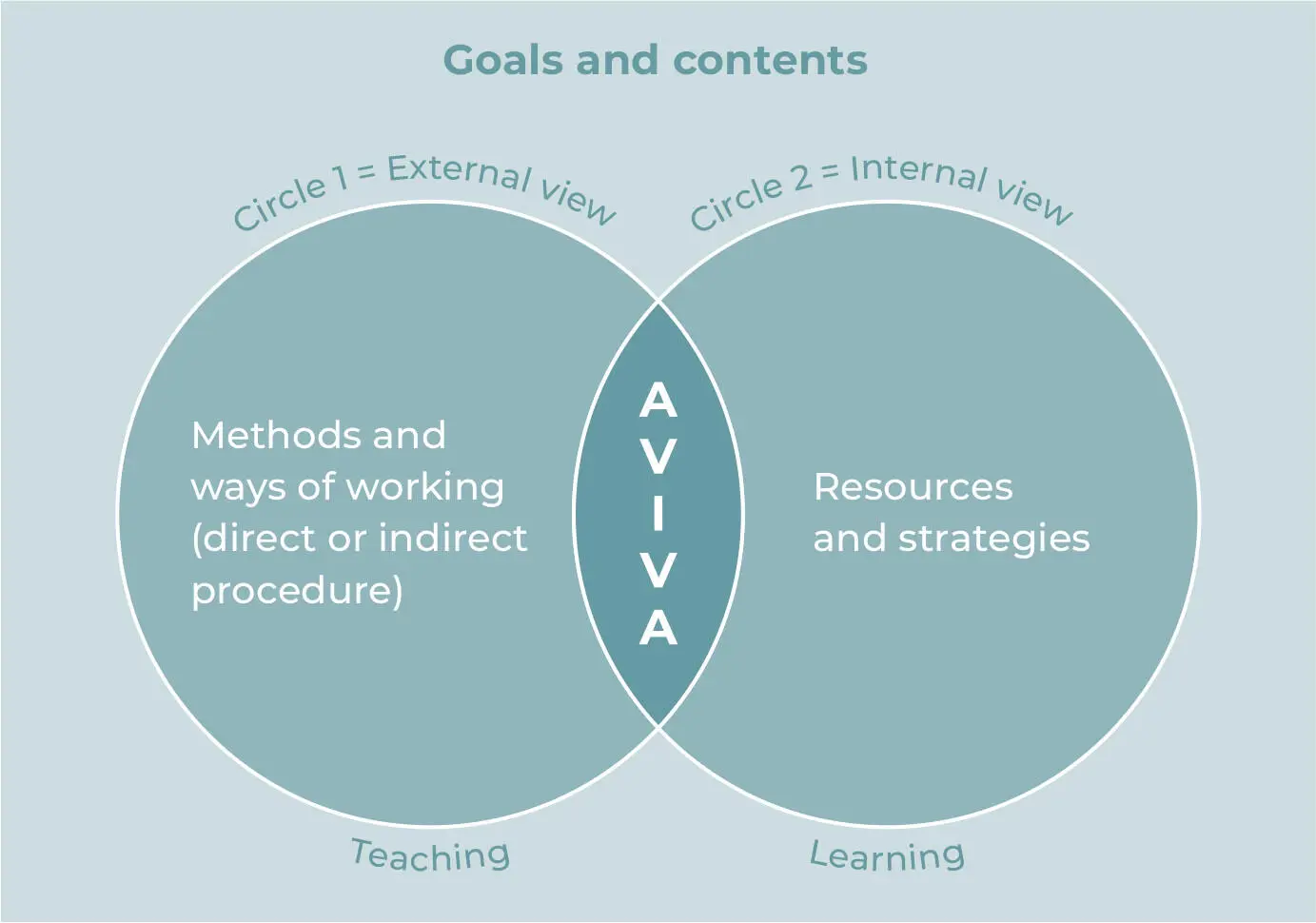
Figure 3 The external and the internal side of teaching and learning
1.2.3 Direct versus indirect procedures
With the direct procedure, it is the teacher who specifies the resources required to act in a given situation. Figuratively speaking, the puzzle pieces are presented to the learner one by one, and the teacher shows how the pieces can be fitted together – how they can deploy certain knowledge and skills in order to master the situation. In such settings, the combination of instruction and imitation is an important methodological approach. With the help of teaching aids about “learning to learn”, or concrete work instructions, the learners gain insights into various procedures and purposefully develop key resources. Over time, a whole is created from the individual pieces. Thus, with initial guidance from the teacher, learners gradually arrive in a position where they can approach and master a given situation themselves. Such a step-based, teacher-directed approach makes sense if learners have few resources, or if the training situation requires the use of very specific resources, e.g. for a specific occupation.
With the indirect procedure, the learners are confronted with a complex situation. They independently attempt to analyse the situation with the available resources and to find out how a problem can be solved. Based on this analysis, they determine which resources in the domains of “Knowledge”, “Skills” and “Attitudes” must be acquired or honed. Following this initial analysis of the problem, the learners work in teams to determine subsequent steps. Thus, the indirect procedure requires learners to envisage the whole picture from the beginning, associating each subsequent step with the problem to be solved, attempting to master it through their own ingenuity, without methodological guidance from the teacher. Of course, “direct” and “indirect” procedures are not two distinct approaches but rather ends of a spectrum. Moreover, both of these approaches can be modified/supplemented with isolated, embedded or combined training of specific learning techniques and working strategies (Dubs, 2009, p. 261). Isolated training means independent lesson units are employed to support the development of certain techniques and strategies; embedded competency training is based on a curriculum that specifies which competencies are associated with which given content or performance goals. Of course, these various types of training can be combined in the design of actual lessons.
|
ADVANTAGES |
DISADVANTAGES |
| Direct procedure |
-The teacher can show directly how the individual resources can be combined.-Individual resources can be organised consciously and deliberately.-The teacher can provide specific feedback, especially in the first applications of a strategy. |
-Learners may use the given resources schematically or mechanically, without having to refer to their individual prior knowledge.-Learners who already have a bundle of well-functioning resources may become unsettled or even bored whilst using the new, explicit resources. |
| Indirect procedure |
-Thanks to an in-depth study of the problem, the learners themselves recognise which resources they still need to develop or expand. |
-If learners have little prior knowledge, they can only mobilise a few resources. |
Table 1 Important advantages and disadvantages of the direct and indirect procedures (according to Dubs, 2009, p. 262)
When is each procedure applicable? In a class of learners who have little prior knowledge, teachers will start with the direct procedure, but always with the aim of transitioning to the indirect procedure as soon as the learners are prepared and motivated for it. The attitude of the teacher is important here. Learners are readier to engage in the purposeful development of competencies when the teacher presents sensible tasks and problems and carefully guides them in this process. In addition, motivational factors determine whether learners are ready to adjust their learning and working habits (see the explanations on page 15).
1.2.4 AVIVA – Five phases of teaching
In Table 2, five elementary phases of the lesson are sketched. Learning requires first of all a certain basic mood, the readiness to engage oneself with new things (“arriving and engaging”). Actual learning (“informing”) starts with what is already available (“activating prior knowledge”) and builds on this. So that the new material can be absorbed (“processing”), there must be an opportunity to use it in practice. The learner is accountable for the path they choose and must take stock of the situation (“evaluation”) before taking the next step.
It is important that school lessons are deliberately constructed around these phases, so that the learning process (whether direct or indirect) is coherent and complete in terms of content and methodology.
These five phases form a base structure for each lesson, and they must be clearly recognisable for both the direct and the indirect procedure. As noted above, the indirect procedure requires learners to work in a self-directed manner; for the direct procedure, the impetus and initiative come primarily from the teacher, who instructs learners how to proceed.
Читать дальше
